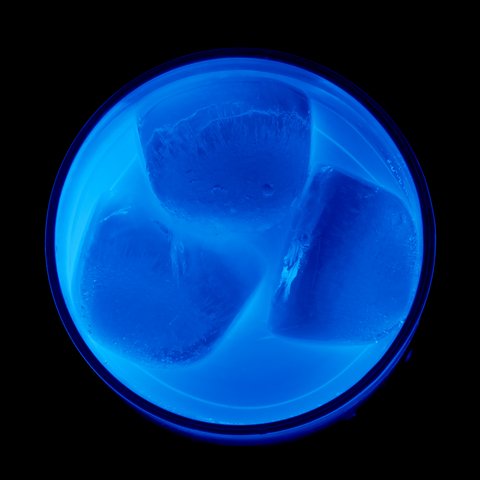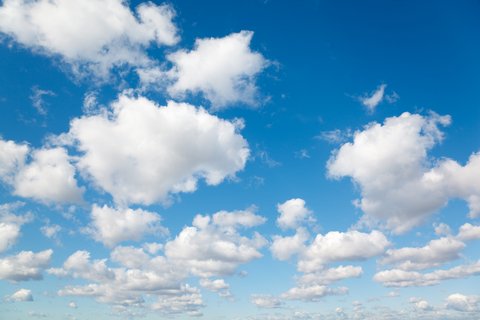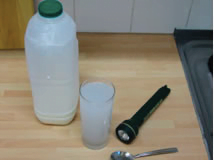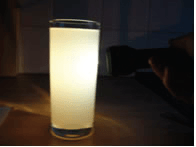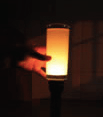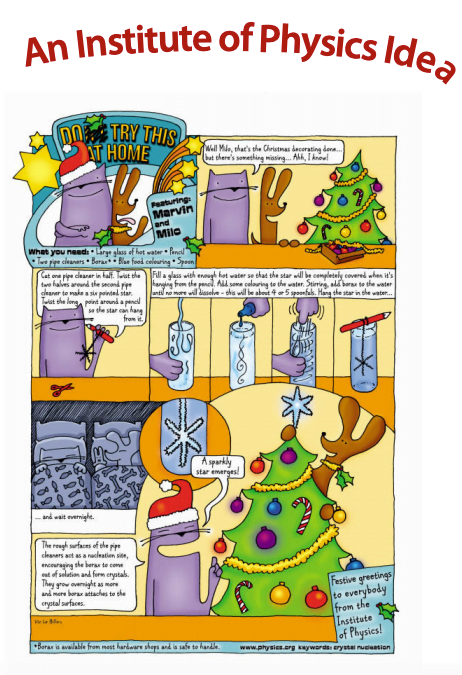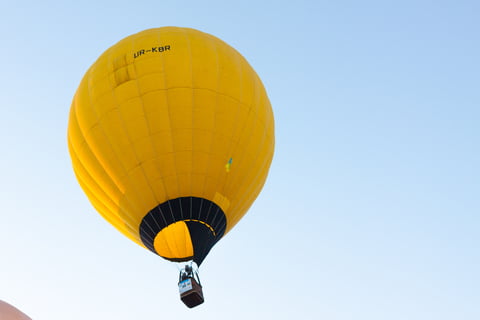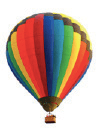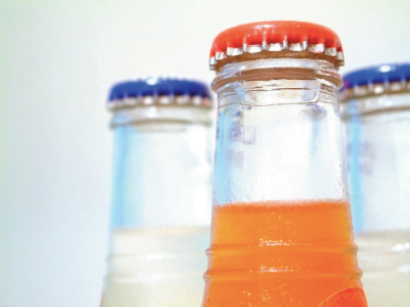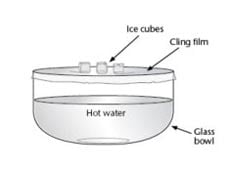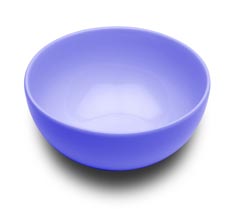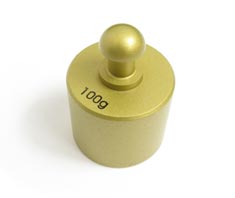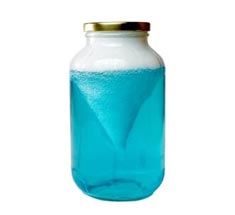Scatter Ultraviolet Light
Equipment
- A straight sided glass
- Dylon fabric whitener
- UV source
- Light detector and multimeter
- Water
Method

1. Fill a straight sided glass with water and turn down the lights.
2. Shine a UV light through the water. These can be obtained very cheaply, although the light emitted is mainly towards the violet end of the visible spectrum. Using the light detector, you should see that most of the light travels through the water without being scattered.
Now mix a few drops of Dylon into the water. You should now find that a lot of the UV light is scattered – you can detect it at right angles to the main beam. Try again with a normal torch – is visible light scattered as much by the Dylon solution? The ‘whiter than white’ effect promised by fabric whiteners is obtained by using chemicals which absorb Ultraviolet radiation and emit it at the blue end of the visible spectrum
How does this relate to the atmosphere?
Scattering is a very important process in the atmosphere. Rayleigh scattering gives us blue skies – some wavelengths of visible light (blues) are scattered more than others (reds). The water droplets in clouds scatter light by a different process, with all wavelengths being scattered by approximately the same amount – hence clouds appear white, grey or black. Ozone in the atmosphere absorbs ultraviolet radiation, and reemits it at different wavelengths, heating the upper stratosphere, in a similar way to the Dylon in this experiment. Clouds and other small particles in the atmosphere also absorb and scatter ultraviolet.
